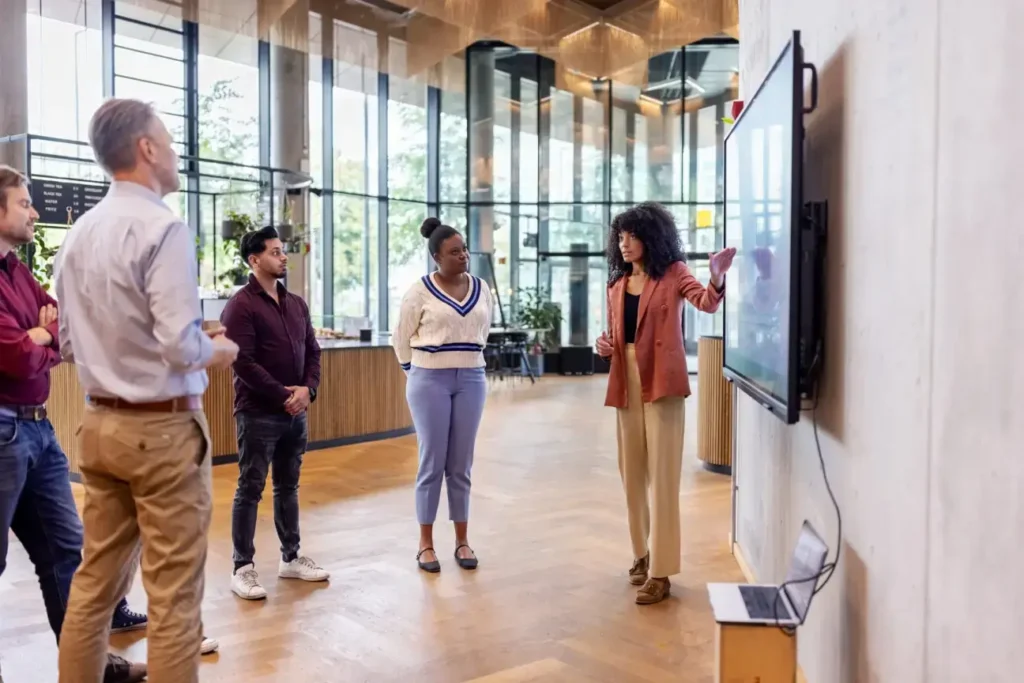Amsterdam is seeing a major change in its commercial landscape as many office buildings are being turned into flexible, modern work hubs. These updated spaces are attracting a wave of local startups, global companies, and creative professionals. This trend is boosting the city’s image as a leading business center and raising the value of its commercial real estate market.
Older office buildings across the city are getting complete makeovers. Many were built decades ago and no longer matched the needs of today’s workforce. Companies now want open layouts, energy-efficient systems, and shared areas for teamwork. The new designs include natural lighting, green roofs, and smart climate systems. These updates create comfortable spaces that help people focus and stay productive.
This shift is not just about looks. Many buildings are now offering flexible leasing options. Small firms and freelancers can rent desks or rooms without signing long-term contracts. Larger companies can scale their office size up or down as needed. This flexibility helps businesses manage costs and adapt to fast changes in their industries. It also attracts young talent who value modern and creative work settings.
The rise of remote and hybrid work has also played a big part in this change. Many workers no longer want to commute to old-style offices every day. Instead, they prefer spaces that blend home-like comfort with high-tech features. The new Amsterdam office spaces offer high-speed internet, video meeting rooms, and quiet zones for focus work. At the same time, they provide social lounges, fitness rooms, and on-site cafes to support work-life balance.
Investors are noticing the growing demand. Many property developers are buying outdated buildings and turning them into sleek, multi-use business centers. This is pushing up the value of commercial property in the city. Experts say that these modern office hubs are now among the most sought-after assets in Amsterdam’s real estate market. As more global companies move into the city, the demand is expected to keep rising.
Local authorities also support this trend. They want to keep the city’s economy strong while making sure buildings use less energy. Many of the renovated offices follow green building standards. They use solar panels, smart lighting, and waste recycling systems. This cuts energy costs and helps Amsterdam meet its climate goals. Businesses using these offices can also boost their own eco-friendly image, which appeals to modern consumers and investors.
The changes are reshaping entire districts. Areas that once had empty or outdated buildings are now buzzing with new life. Streets are filling with cafes, shops, and cultural spaces that serve the growing workforce. This renewal is helping create lively urban hubs where people can work, meet, and relax in the same place. It is also drawing more international visitors, who see Amsterdam as a forward-thinking city for business and innovation.
With the rise of modern office hubs, Amsterdam is setting a new standard for future workplaces. The shift shows how cities can adapt old buildings to meet today’s needs. It also highlights how smart design and flexible work options can boost local economies. As demand grows, more offices are expected to join this wave of renewal, keeping Amsterdam at the top of Europe’s business scene.

